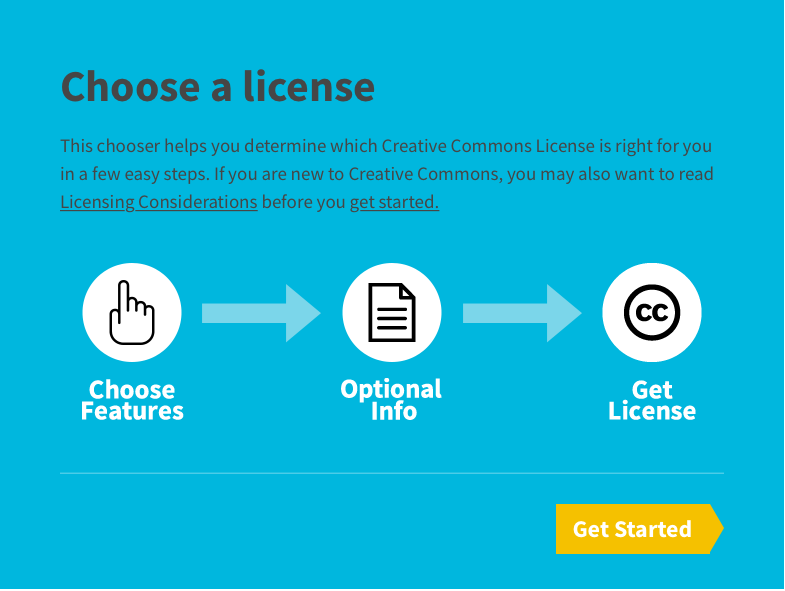As work continues on this game, I (Hamad) started thinking about what type of copyright to license it under. Since this project was motivated by open-source and OER frameworks, we always understood that we would choose some type of a Creative Commons license. Before this, I never really thought too much about the how’s and why’s of copyright nor used Creative Commons. Lindsey has created some projects which she has licensed under Creative Commons, and our in-house OER expert Pamela Thielman provided invaluable guidance as well, and I credit most of the information and analysis here to her guidance. My very first thought was, ‘if this is going to be completely open, then what’s the point of a copyright license anyway?’ Pamela pointed out that, A. anything that is created through funding by CUNY should have a Creative Commons license of some type, and B. any creative work is automatically copyrighted under the usual assumptions of use and distribution once it exists. A particular copyright license, then, is more like a communication tool that tells potential users what they can and cannot do with that product. Indeed, when I started the process of choosing a type of Creative Commons license, I was surprised to discover that you can just ‘grab’ the appropriate license and attach that jpeg file to your website or other tangible project components without ‘registering’ the project anywhere. Instead of relying on standard copyright assumptions, Creative Commons licenses give you a particular set of language within existing international copyright laws that is easy to understand and communicate to people who may want to use (or do other things with) your work.
There are several types of Creative Commons licenses depending on how you want someone to interact with your work. I thought that I would be able to easily make choices around how I want people to attribute, share, and remix the game, but I soon found out that I would need to think a lot more carefully than I had imagined. The Creative Commons license ‘picker’ makes the process a little easier by asking two seemingly simple questions: 1. will you allow adaptions of your work to be shared, and 2. will you allow commercial uses of your work? Since this work is open for all to use, adapt, and share, the first question was easy enough to answer with a ‘yes’. But Creative Commons actually allows for two ‘yeses’ – a simple no-strings-attached yes, and a yes with the promise of sharing it under the same license (‘yes, as long as others share-alike’). Answering this also partly depended how you answer the second question – will you allow commercial uses of your work, particularly if you don’t want to allow commercial uses and also want any derivatives of your work to do the same, thereby keeping the work free in perpetuity. This was difficult to answer, especially since the definition of free culture includes making your work available for commercial uses – in other words, someone remixing it and then selling it either to maintain costs (like printing) or turn a profit (example of an open-source work that allows for this is Cards Against Humanity). For us, this question pitted the ideal of free culture against what we understand is the ethos of OER – i.e., keeping OER work (even potential adaptations of it) within the free and open realm. After talking with Lindsey and Pamela, we decided that that ethos would be violated if we opened the work up to commercial adaptability. So we chose the options that would embed and keep the OER nature of the work intact in it and in any potential work derived from it: a noncommercial share-alike license. According to Creative Commons this is not a free culture license, but we believe it is a license best suited to OER works like this one.

Creative Commons noncommercial share-alike license
(Image credit: ‘Choose a license’ tool from creativecommons.org)
